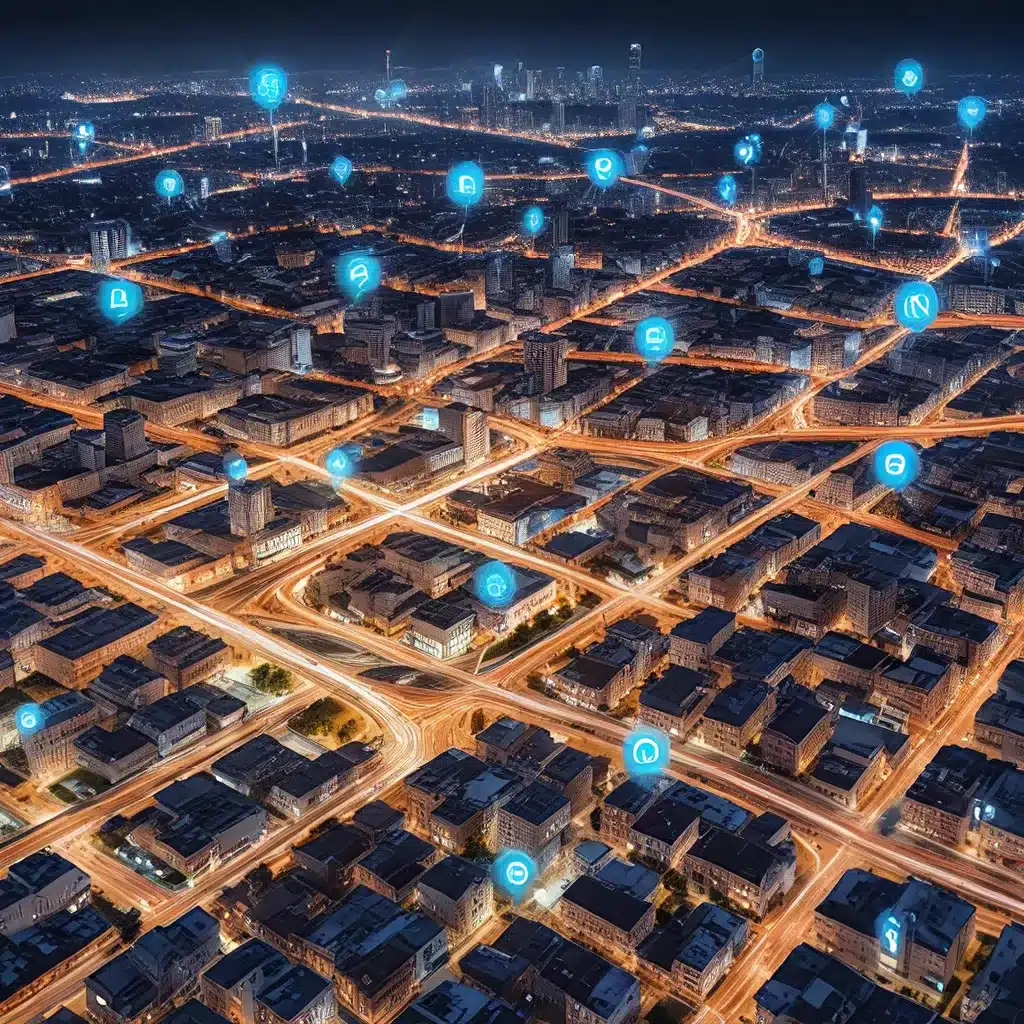
Navigating the Complexities of Sensor Network Design
Sensor networks play a crucial role in powering the Internet of Things (IoT) ecosystem, enabling the collection, transmission, and analysis of vast amounts of data from diverse environments. As the IoT landscape continues to evolve, the design and optimization of sensor networks have become increasingly important to ensure reliable, high-performance, and secure IoT applications.
In this article, we will delve into the intricacies of sensor network design, explore the latest advancements in IoT technologies, and discuss strategies for enhancing security and energy management to create robust and efficient IoT ecosystems.
Sensor Network Topologies and Architectural Considerations
The choice of sensor network topology is a fundamental decision that significantly impacts the overall performance, reliability, and scalability of an IoT system. Centralized, decentralized, and hybrid topologies each offer unique advantages and trade-offs, depending on the specific requirements of the application.
Recent research has highlighted the benefits of decentralized and hybrid topologies in addressing the challenges of scalability, fault tolerance, and data privacy in IoT networks. These architectures leverage edge computing and distributed processing to minimize the reliance on central hubs, thereby improving overall system resilience and responsiveness.
When designing sensor networks, it is crucial to consider factors such as sensor placement, communication protocols, and network management strategies to optimize performance and ensure reliable data delivery. Techniques like clustering, data aggregation, and adaptive routing can help mitigate issues related to bandwidth constraints, energy consumption, and network congestion.
Advancements in IoT Sensor Technologies
The rapid evolution of IoT sensor technologies has enabled the development of increasingly sophisticated and versatile devices capable of monitoring a wide range of environmental, industrial, and healthcare-related parameters. From low-power microcontrollers to high-precision analog sensors, the IoT ecosystem has witnessed a proliferation of innovative sensor solutions tailored to diverse application domains.
Emerging sensor technologies, such as programmable analog and digital sensors, miniaturized MEMS devices, and multifunctional sensor arrays, are enabling the development of more compact, energy-efficient, and intelligent IoT nodes. These advancements are driving the convergence of sensing, processing, and communication capabilities within a single IoT device, paving the way for smarter and more autonomous sensor networks.
Furthermore, the integration of advanced data analytics, machine learning, and artificial intelligence techniques with sensor networks is transforming the way we extract insights and make decisions based on IoT data. Predictive maintenance, anomaly detection, and real-time optimization are just a few examples of the transformative applications enabled by the fusion of sensor data and intelligent algorithms.
Securing Sensor Networks and IoT Systems
As the IoT ecosystem expands, the security of sensor networks has become a critical concern, as these systems are often vulnerable to a wide range of cyber threats, such as data breaches, unauthorized access, and denial-of-service attacks.
Recent research has highlighted the importance of multilayered security approaches that address vulnerabilities at the device, network, and application levels. Secure boot processes, encryption techniques, and robust authentication mechanisms are essential to safeguard IoT systems and protect sensitive data.
Moreover, the dynamic nature of sensor networks and the constrained resources of IoT devices pose unique challenges in implementing effective security measures. Lightweight cryptographic algorithms, adaptive intrusion detection systems, and secure firmware updates are some of the strategies employed to enhance the resilience of sensor networks against evolving cyber threats.
Energy Management Strategies for Sustainable IoT
Energy efficiency is a critical consideration in the design and deployment of sensor networks, as IoT devices are often battery-powered or energy-constrained due to their small form factors and limited resources.
Strategies for energy-efficient sensor networks include duty cycling, energy harvesting, and adaptive power management. Duty cycling techniques, such as sleep-wake scheduling and power-aware routing, can help reduce energy consumption by selectively activating sensor nodes based on application requirements and network conditions.
Energy harvesting technologies, which convert ambient energy from sources like solar, wind, or vibration into usable electrical power, are becoming increasingly prevalent in IoT applications. Integrating energy harvesting with efficient power management can extend the lifetime of sensor networks and enable self-sustaining IoT systems.
Furthermore, intelligent algorithms and machine learning-based approaches are being leveraged to optimize energy usage in sensor networks, adapting to changes in environmental conditions, network topology, and application demands.
Conclusion: Towards a Smarter and More Resilient IoT Ecosystem
As the IoT landscape continues to evolve, the design and optimization of sensor networks will play a crucial role in unlocking the full potential of this transformative technology. By addressing the challenges of security, energy management, and network architecture, we can create a more reliable, high-performance, and sustainable IoT ecosystem that empowers diverse industries and transforms the way we interact with the world around us.
The advancements in sensor technologies, network topologies, and intelligent algorithms outlined in this article pave the way for a future where sensor networks seamlessly integrate with our everyday lives, enhancing our understanding of the physical world and enabling us to make more informed decisions for a better tomorrow.